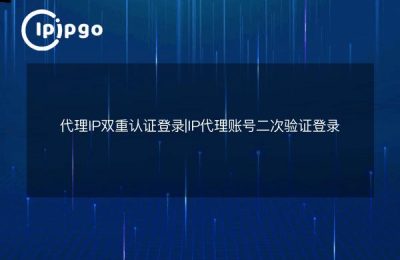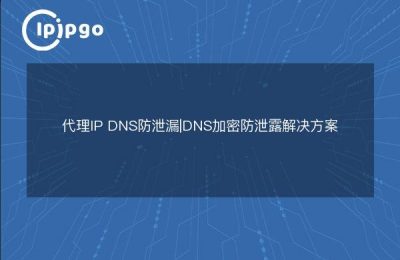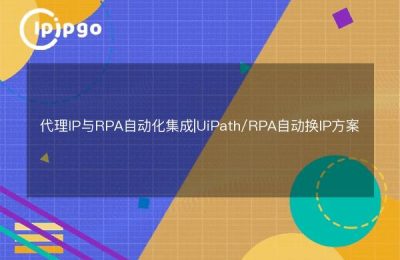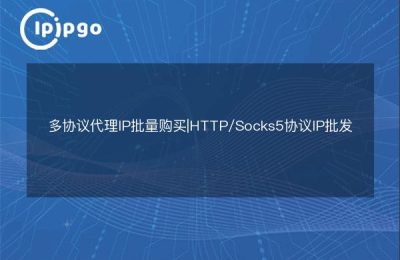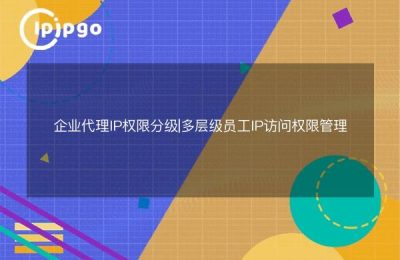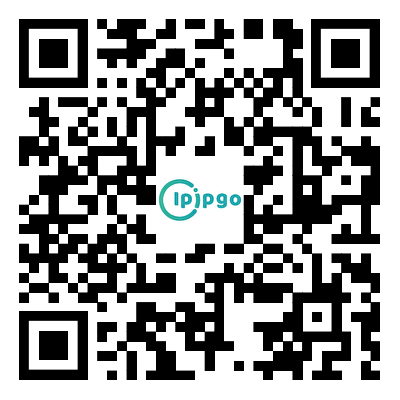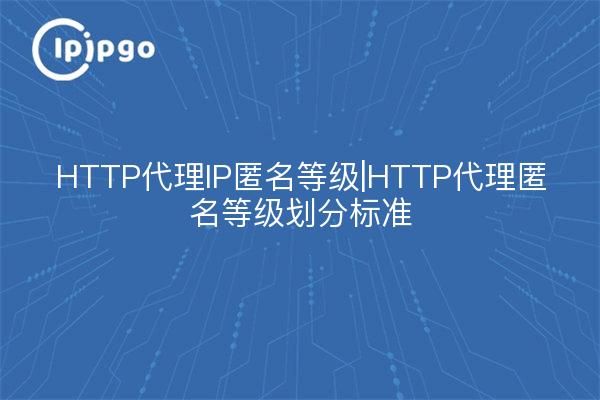
What exactly is the anonymity level for HTTP proxy IPs?
The most common question asked by many people who are new to proxy IPs is:"Why do some agents get caught by websites and others don't?"This is actually directly related to the anonymity level of the proxy IP. Simply put, proxy servers expose varying amounts of real information to the target site when forwarding requests, just like someone going out with different thicknesses of masks - some are completely invisible, some show their eyes, and some even put their entire face on display.
A three-minute look at three levels of anonymity
The major HTTP proxy IPs on the market are categorized into three classes based on the degree of information hiding:
| Grade type | Exposed information | application scenario |
|---|---|---|
| Transparent Agent | Real IPs and proxy logos are displayed | Intranet management |
| Ordinary anonymous proxies | Hide the real IP but keep the proxy feature | Basic data collection |
| High Stash Agents | Full simulation of real user access | Demanding business scenarios |
For example, when using ipipgo's high stash proxy, not only will the target site not see your real IP, it will think it's a normal visit from a US home broadband. This effect is made possible by ipipgo'sResidential IP Pool Technology, traffic forwarding through real home network nodes, which is fully compatible with the network characteristics of ordinary users.
Why are high stash agents harder to recognize?
The biggest breakage in ordinary proxies is in the HTTP headers of theVIA/X-Forwarded-For field, just like the transit records on a courier bill. And a quality high stash agent will completely erase these marks while doing so:
- Dynamically changing User-Agents to simulate different devices
- Randomize TCP connection interval
- Maintaining the integrity of the HTTPS encrypted channel
Taking ipipgo's proxy service as an example, its technical team updates the network fingerprint database of more than 240 regions around the world in real time to ensure that the traffic characteristics of each request are exactly the same as the real local users. This level of camouflage capability is what ensures the continued stable operation of the business.
Frequently Asked Questions
Q: What is the difference in anonymity between free and paid proxies?
A: Free proxy 90% or more are transparent proxies, which are not only easy to be recognized, but also have the risk of data leakage. Professional service providers like ipipgo will use bank-level encrypted transmission, and all nodes are exclusive residential IP.
Q: How do I test the true anonymity level of an agent?
A: The easiest way to access it is with a proxyhttp://httpbin.org/ip, if the returned header contains a proxy logo, or if the displayed IP does not match the proxy IP, then anonymity is insufficient.
Q: Is a dynamic IP always more secure than a static IP?
A: Not necessarily. The key to look at the quality of the IP pool, ipipgo's dynamic residential IP is automatically replaced every 15 minutes, and each switch will be synchronized to update the parameters of the network environment in the region, this dynamic + simulation combination is the real security.

